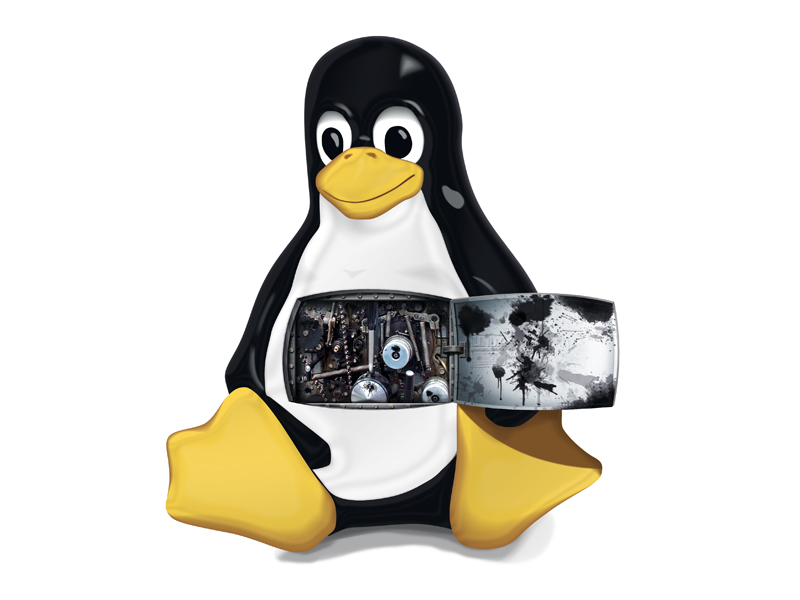Quick fixes for common Linux problems
Solve issues with start-up, drivers, networking and more

We'll come right out and say this – Linux breaks. There, we've got that off our chests. No matter how much we might like our chosen distro, there is no denying that things can go wrong, or that it might not even be right in the first place.
Of course, Linux distros are not alone in this – a computer system is a huge, complex collection of interacting software and hardware, even more so when the basic install includes several gibibytes of extra software over and above the OS. The typical distro has more components than a car engine, yet is open for, and even encourages, user fiddling, which leads the curious user to indulge in some provocative maintenance.
To make it worse, a computer is often built from bits made by different manufacturers – motherboard from one, graphics card from another, soundcard from elsewhere – and an operating system that many hardware manufacturers pay no more than lip service to, if that. Between the Answers pages of Linux Format and the Help forum on our website, we see the pain you sometimes suffer and we're here to help.
So here's our guide to dealing with some of the most common problems, and some advice on how to deal with new disasters. The types of difficulties most often seen can be split into a number of broad categories: booting, hardware and drivers, misbehaving software and networking are among the most popular topics for discussion. We can't show you solutions for every problem that might arise, but we can show some of the common issues people face and, more importantly, show you how to go about identifying a problem.
One more thing to bear in mind as you're reading is that even if you can't work out the solution yourself, an accurate description of the problem will be of great help when asking others for advice.
Fix Linux booting problems
Distro installers are pretty good at identifying an existing Windows installation and setting up dual booting, but should you have to reinstall a spyware-riddled Windows install you'll find that your machine boots straight into Windows and that your Linux installation is gone!
Get daily insight, inspiration and deals in your inbox
Sign up for breaking news, reviews, opinion, top tech deals, and more.
Don't panic: all Windows has done is overwrite the Grub bootloader with its own equivalent, removing your boot menu. All your data is still there – you just need to reload the bootloader configuration into the disk's master boot record (MBR). You'll need to boot from a Live CD to do this, this, then open a terminal and run
sudo grub-install /dev/sda
This assumes you have everything installed on the first (or only) hard drive. Grub-install will usually make a good job of detecting a Grub installation and set things back to rights. If it doesn't, you'll have to do it manually, which is a lot easier than it sounds. Run sudo grub to enter the Grub shell. Then run
find /boot/grub/stage1
to determine which partition holds the Grub files. If Windows is on the first partition Grub is likely to be on the second, in which case this command will return something like (hd0,1). Now set Grub up with
root (hd0,1)
setup (hd0)
quit
The first command identifies the boot partition, the second writes the bootloader to the MBR and then you leave the Grub shell. Grub is only concerned with the location of /boot, so if you have a separate /boot partition, omit the /boot part from the find command.
When booting stalls
In times of yore, the Linux boot sequence scrolled pages of text up the screen. Most of it was undecipherable to mere mortals, but if it stopped you could see exactly where it stopped, with the last line or two of text containing a clue to the problem.
Nowadays, distros show a splash screen while they're booting, which is all very nice until things go wrong, then the boot stops and the splash screen hides all the clues. If the failure is early in the boot sequence, you may find that adding noapic to the kernel boot line helps. Do this in the same way you remove the splash references (see box below).
If this does fix it, edit the Grub configuration file at /boot/ grub/menu.lst or /boot/grub/grub.conf and add the noapic option, or others your searches revealed as cures. You can use the same technique if your system is slow in shutting down, watching the output to see where it stalls or pauses for too long. As with so many problems that can arise, it's easier to find an answer once you know the problem.